[…]
The Center for Plant Conservation to Receive Distinguished Service Medal From the Garden Club of America


[…]
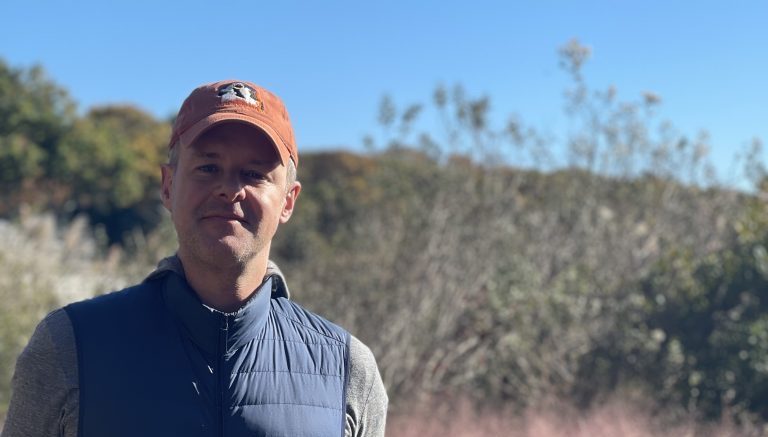
[…]
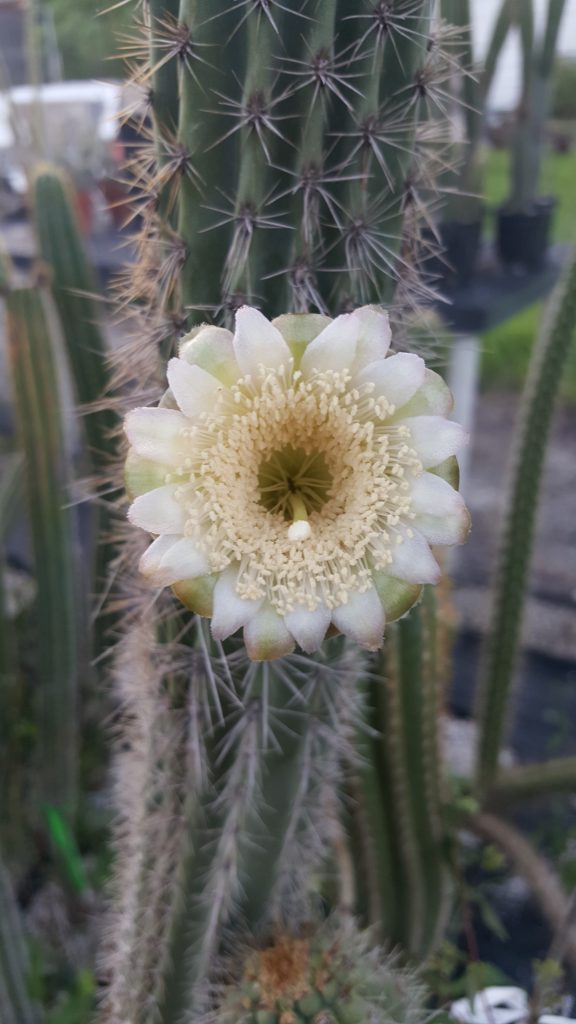
[…]
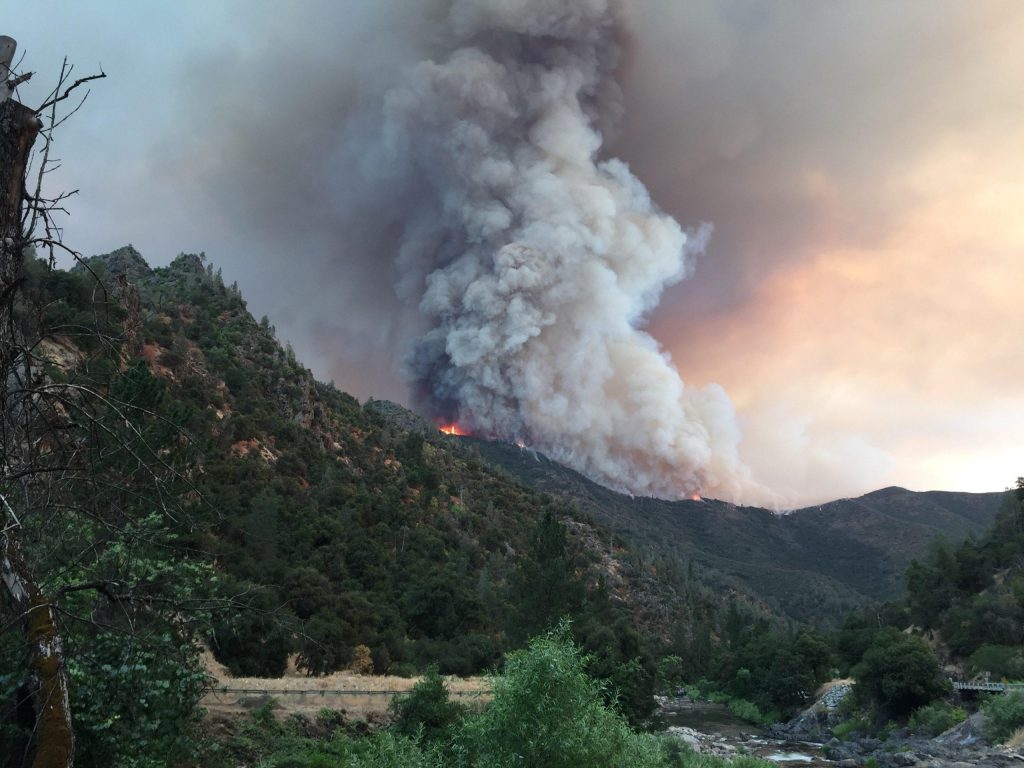
[…]

[…]
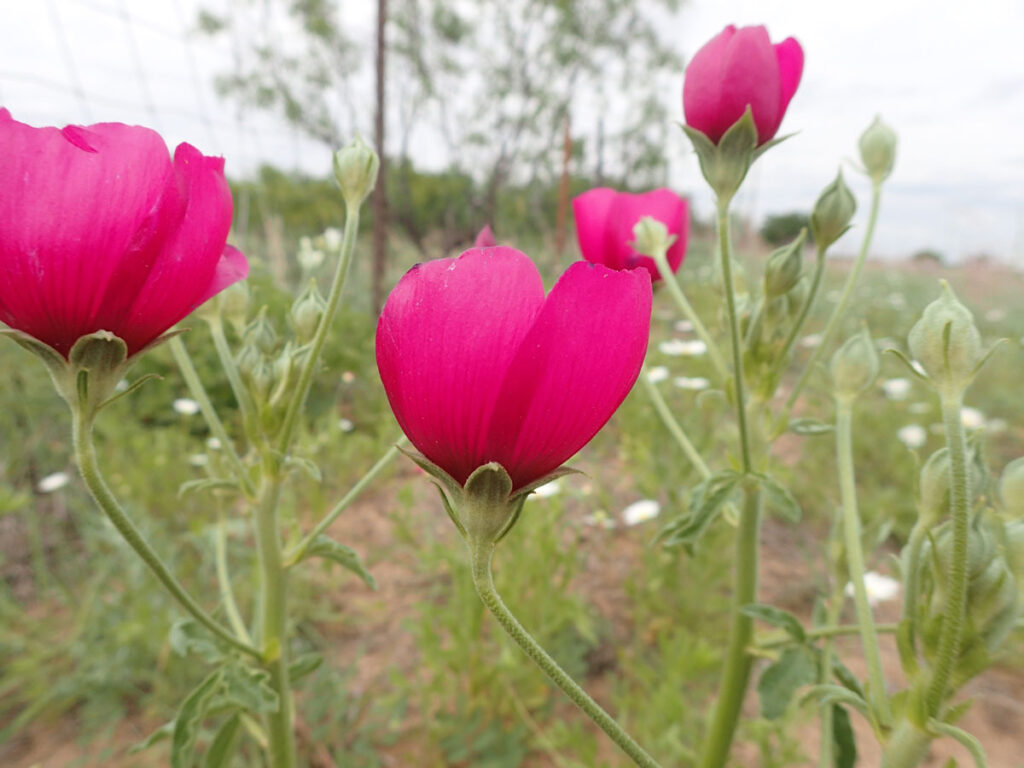
[…]
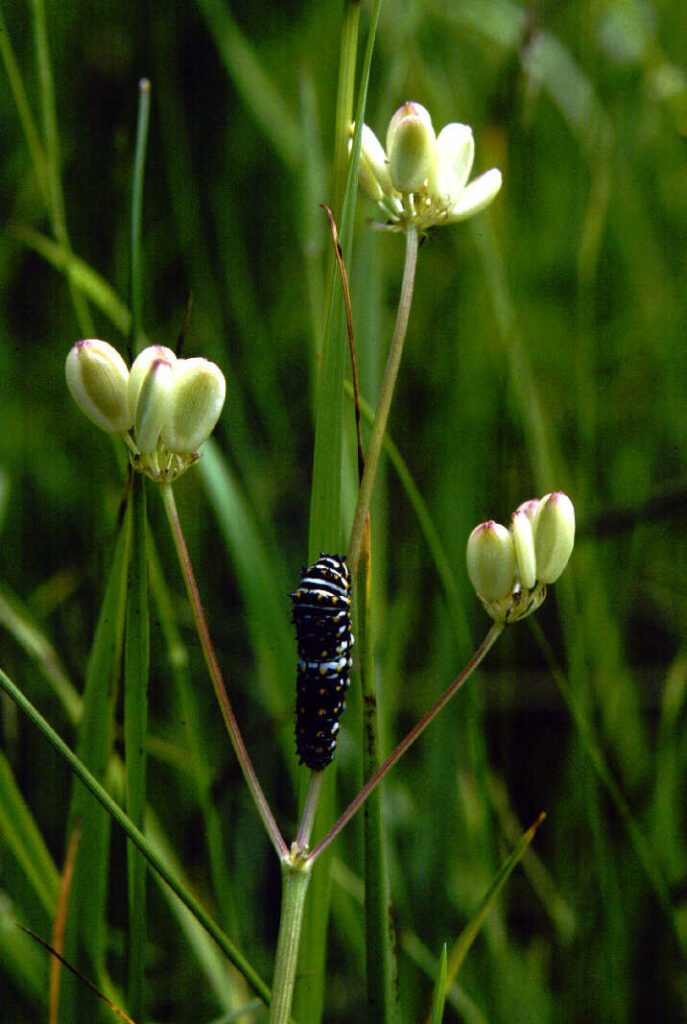
[…]

Joyce Maschinski, Center for Plant Conservation Joyce Maschinski interviews world famous plant cryo-biologists to learn about how cryopreservation of plant cells is imperative for the future of food. Many food crops can’t be preserved using traditional seed preservation methods. For some of these species cryopreservation is the only long term option. Plant researchers from across […]
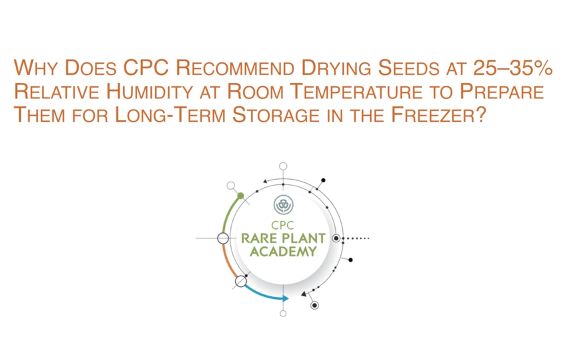
Dr. Christina Walters and Lisa Hill, National Laboratory for Genetic Resources Preservation, Fort Collins Because research has shown that seeds will last best when stored at a relative humidity(RH) of 15-25% it is important to understand how the initial RH will respond to temperature changes. In this video, Lisa Hill of the National Laboratory for Genetic Resources Preservation […]
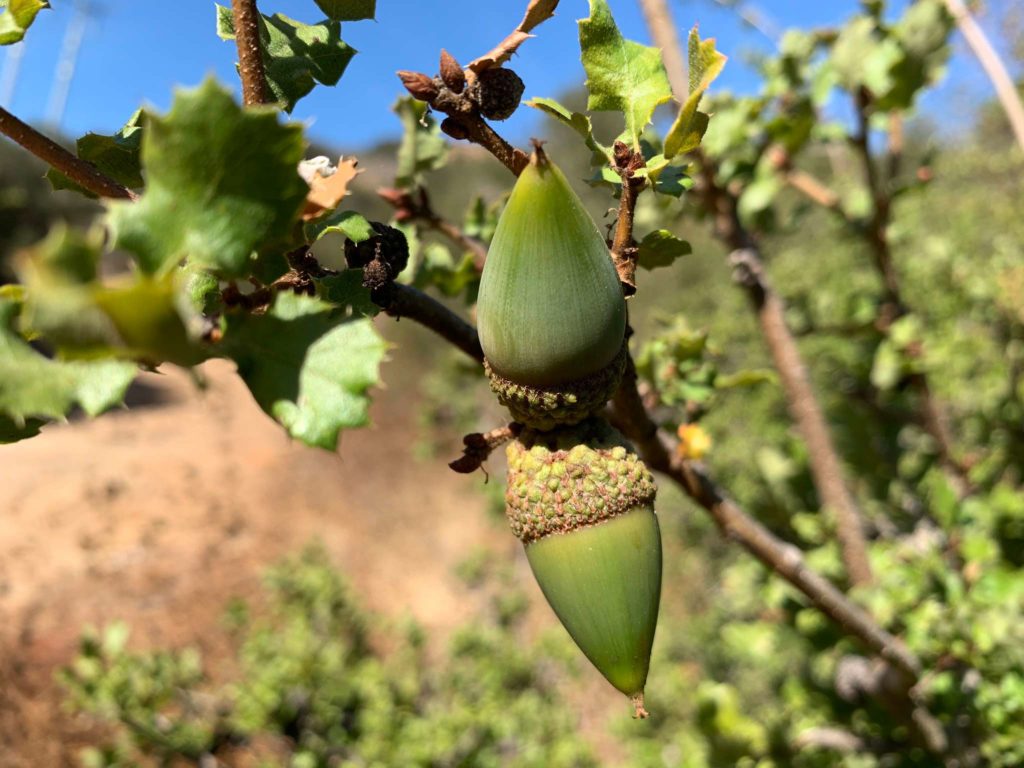
[…]
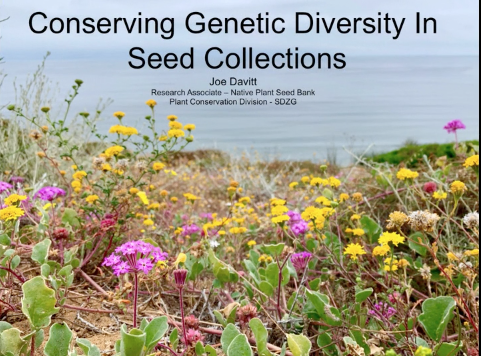
Joe Davitt, Institute for Conservation Research, San Diego Zoo Global Maintaining a plant species’ genetic diversity can contribute to adaptive potential, prevent inbreeding effects, and potentially preserve traits such as drought tolerance and disease resistance, all of which are critical in a changing climate. Seed collections are often the best method of conserving the genetic diversity of rare plant populations ex-situ, […]
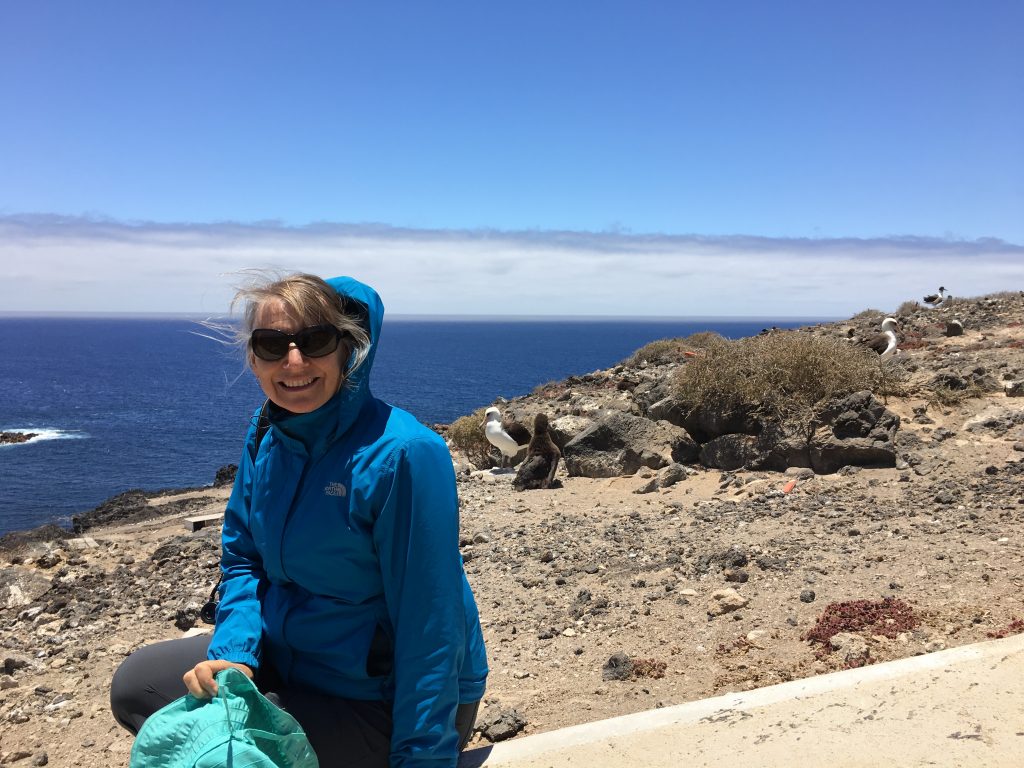
[…]

[…]